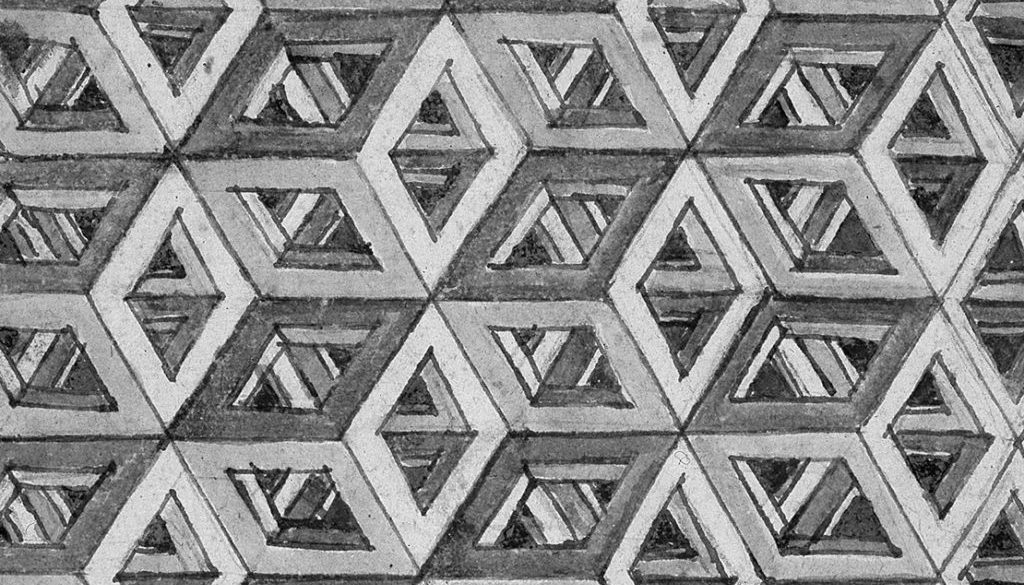Leonardo Battle

Much kerfuffling about the announcement from Florence about the discovery of pigments on a layer of wall underneath Vasari’s Battle of Marciano fresco. At one point my 2 ‘phones at home and my mobile were ringing simultaneously with press queries. The questions continue to come, including one set from Chile. The search is important. It has been underway, on and off, since the late 1970s. It needs to be resolved one way or the other. Maurizio Seracini, who is leading the investigation, has the skills to pursue it. If the unfinished Battle of Anghiari – the central knot of fighting horsemen – is discovered in legible condition, it will be one of the greatest art finds of any era – much like the unearthing of Laocoon. The timing and handling of the announcement is, however, unfortunate, and is clearly driven by political, media and, I guess, financial imperatives. The mayor is pressed by critics, and Maurizio presumably needs funding to be sustained. The timing is also related to screening of the National Geographic TV programme on the search. The whole project over the years has been dogged by premature ejaculations via the press. This, as I know from the story of the portrait in vellum, is precisely how not to secure scholarly assent. I have been fed bits of somewhat garbled information by the media.
It is said that there is “proof” that Leonardo’s lost Battle has been discovered. My reactions are:
- the published data about Vasari having built a wall specifically to protect Leonardo’s painting is inconclusive;
- I have seen no evidence that the layers behind Vasari’s fresco feature a continuous, flat, primed and painted surface;
- the “manganese” pigment that has been identified in the core sample taken by the small bores is said to match that in the Mona Lisa. Manganese is a standard component in umber or burnt umber, and cannot be taken specifically to signal Leonardo;
- the “red lacquer” in the press reports is presumably a red lake pigment – based on an organic dye. The best red lakes were expensive but were used in tempera and oil painting. They could also be used on walls with a binder;
- it is claimed that there was no other painting in the Council Hall from its construction in 1494 until Vasari’s intervention. The idea that the hugely important Council Hall would have been left with bare plaster walls during the almost 20 years of the Republic is untenable. The precise location of Leonardo’s horsemen is not certain, and the pigments could well be traces of other decorations in the hall, such as heraldic shields;
- if Vasari did wall up Leonardo’s painting, what might remain? The long-term adhesion of oil paint on a wall in such circumstances is hugely questionable. We might well have only a micro-jigsaw puzzle of fragments fallen off the surface.
Let’s wait until something really definite is found, and let’s get the technical material in the public domain at the same time as the press stories. This is what we attempted to do with the new evidence about the origins of the vellum portrait in the Sforziad in Warsaw. The internet facilitates such simultaneous publishing. It would be wonderful to recover Leonardo’s painting, but we are a long way from that. Let’s hold our horses.
March 15, 2012 @ 5:30 pm
Thank you for the clarifications Professor Kemp. It is interesting to note the English language press largely omits the insightful comments made by Cristina Acidini in this instance.
The bottom line is – more work lies ahead – though this isnt as exciting a headline as "Lost Da Vinci found" of course.
For your readers that may be interested – I have a more complete account, including translations via Italian news sources :
Search for Leonardo's Anghiari – new data and reactions
I also hope that findings will be more publicly revealed, though this seems less likely in Italy at the moment. The Prado did a decent job with their recent Mona Lisa copy – setting a nice example for other galleries to share findings in similar fashion.
Kind Regards
H Niyazi
March 15, 2012 @ 6:47 pm
Hasan,
Many thanks for this. It's a technical and political minefield!
I'm not setting my expectations to high at this point.
best regards,
Martin
April 12, 2021 @ 11:58 am
This post was very nicely written :), and it also contains a lot of useful extra facts. I enjoyed your professional way of writing this post. Thanks, you have made it very easy for me to understand Interesing Links in
April 13, 2021 @ 11:27 pm
Hello friends, We found your blog and I to appoint its a marvelous spot around here and I have to adress You are great. Keep going the interesting things around.